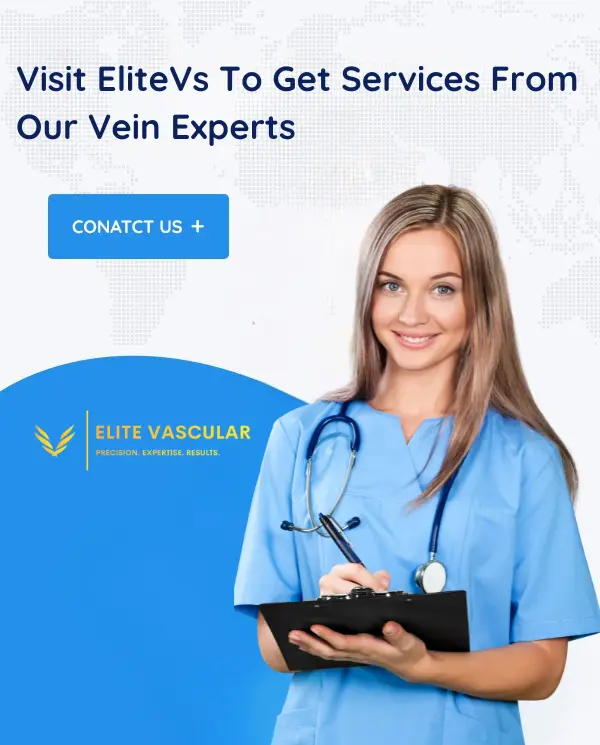- admin
- 0 Comments

Is Varicose Veins Behind Knee Pain?
Varicose veins most often affect the legs, which is where many of the symptoms, such as discomfort and swelling around the knees, may be seen. Swelling around the knee is particularly painful since there is very little soft tissue there. Getting moving might help your knee discomfort and your circulation at the same time. When your doctor gives you the OK to start exercising again, your knee should be almost healed. Exercise is good for your knees and your health in general. The most effective workouts raise your heart rate and strengthen your legs.
Knee Pain Symptoms and Varicose Veins
Varicose veins may be frequent in the knee area since there is less soft tissue there than there is in the rest of the leg. It is possible to trace back many of the symptoms of varicose veins to the veins in the legs that are affected by the condition. Some of these symptoms include swelling in the legs and discomfort in the knees. As there is not a lot of fatty tissue surrounding the knee, swelling often results in a great deal of pain in that area.
Varicose vein symptoms include:
- Restlessness
- Swelling
- Burning
- Discomfort
- Bulging veins
You probably won’t experience every one of these signs. Smaller varicose veins may cause greater discomfort, whereas bigger ones may cause little symptoms at all. It’s possible that your circulatory system is not to blame for these symptoms. Vein therapy may not be very effective if your main problem is knee stiffness.
A vein specialist is qualified to explain the specifics of varicose veins. They will ask you questions about your discomfort and consider your daily exercise level, which influences blood flow. If your knee discomfort is characterized as a dull aching that comes and goes throughout the day, it may be time to see a vein specialist.
Physical exercise is the most effective treatment for knee pain and overall cardiovascular health. Your doctor should give you the okay to start exercising again if he or she determines that your knee is almost healed. Exercise is good for your knees and your health in general. The most effective workouts raise your heart rate and strengthen your legs.
Home Remedies for Knee Pain
- Do not forget to drink water
- Rest with your legs propped up
- Stretch your legs and do some exercise
- Cold water soaks for the legs
- Think About what you’re wearing
Better circulation allows your body to take in more oxygen-rich blood, which increases nutritional absorption. It’s not only varicose veins where this holds true. Exercising has been demonstrated to be quite effective in reducing the pain of both arthritis and overuse injuries.
Knee pain Treatment and Venous Congestion
Your doctor may check your legs if he or she thinks the pain you’re experiencing are linked to venous congestion. Many solutions exist if this turns out to be the case. Treatment Strategies:
- Increasing your level of physical activity: Exercise is the greatest treatment for venous congestion in the legs and feet. It is encouraged to engage in physical exercise for a minimum duration of 30 minutes, on five consecutive days per week. To enhance one’s circulation, a recommended course of action would be to frequent Delray Beach, Florida.
- Wearing compression hosiery: Compression hosiery is used to exert constant pressure to the legs, which helps reduce swelling. They are widely available at pharmacies and on the web in the Palm Beach region.
- Losing weight: Leg discomfort and varicose veins are symptoms of obesity.
- Avoiding excessive standing: Long durations of standing have been linked to an increase in venous congestion and the development of varicose veins.
- Elevating the feet: The discomfort and swelling may be reduced if you raise your legs over your heart for 15 to 30 minutes.
- Varicose vein treatment: Varicose veins, the most common source of leg discomfort, may be treated in a number of ways, including surgical excision of the veins, Endovenous Laser Treatment, and Sclerotherapy.
There is more in common between joint discomfort and varicose veins than just the pain. While both may result in significant swelling, that is about where the similarities stop. If you’re suffering leg discomfort, seeing a vein expert may help you figure out whether or not the problem is related to your veins or your joints.
Tissue injury might occur if the clot prevents blood from flowing freely through the vein. Thrombosis occurs when blood pools in one place for too long. Pain and chronic swelling of the leg, known as edema, may result from the restricted blood flow and tissue damage.
